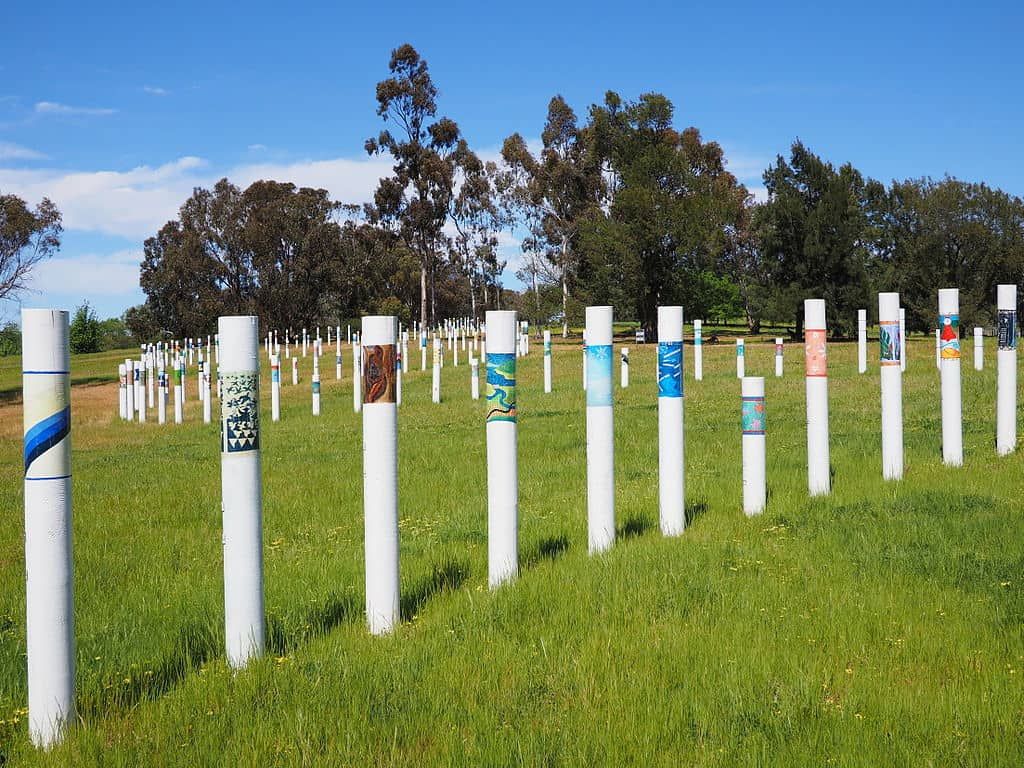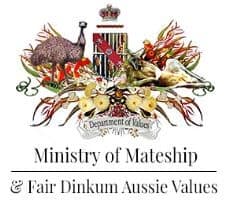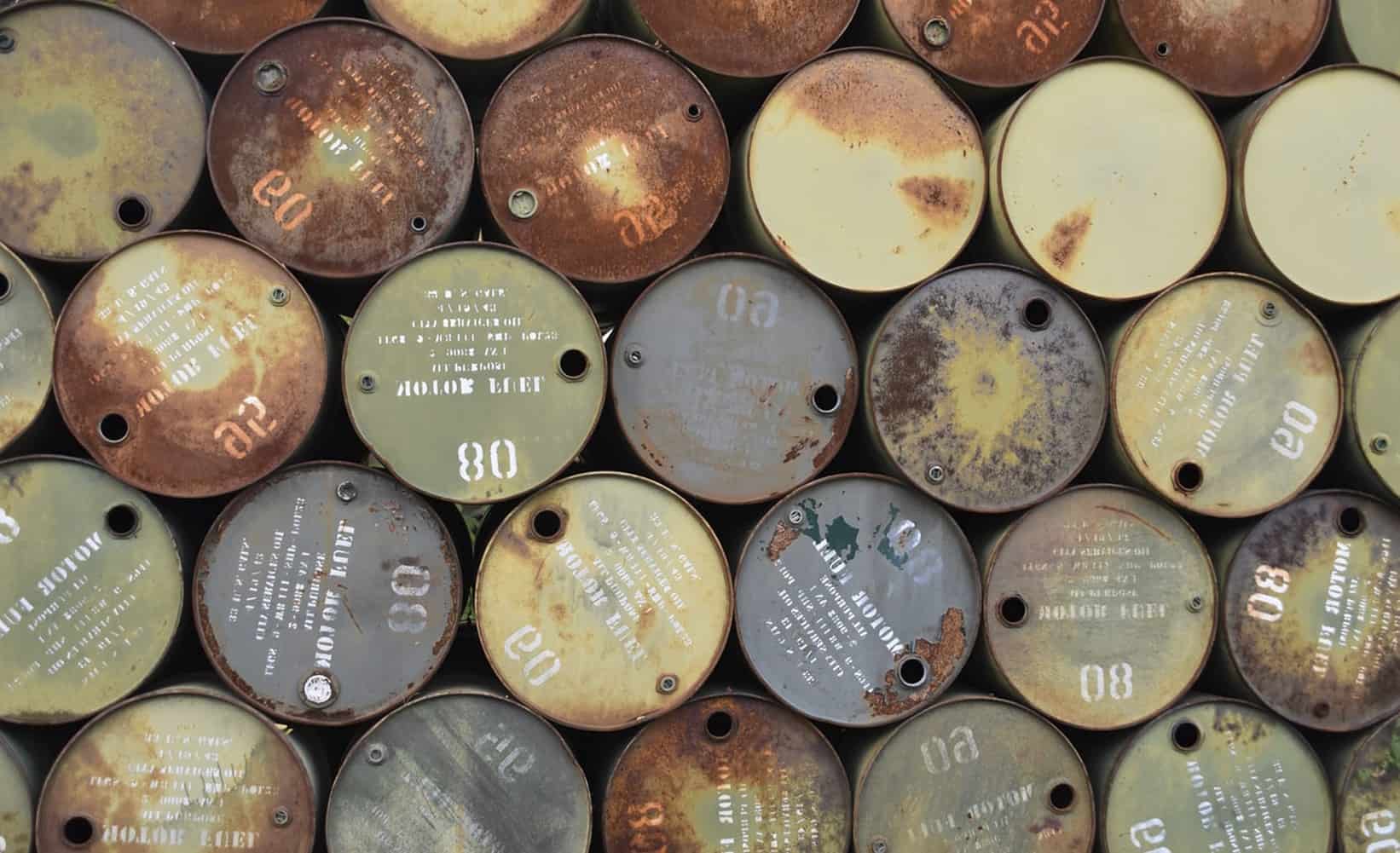The SIEV X-Factor
The SIEV X-Factor

“A Certain Maritime Incident”
Richard Fidler interviewed Tony Kevin on ABC’s Conversation Hour last week.
Tony Kevin is an activist who was one of the driving forces behind the campaign to uncover, and especially to tell, the truth about the sinking of the SIEV X in which approximately 353 children, women and men drowned.
He was a highly commended and respected Ambassador, including to Russia, and to Cambodia in the 90s. He has written a book, Walking the Camino, about the experience of travelling the pilgrim route from Andalusia to the north of Spain.
However, his reputation as a diplomat was no defence against the vitriol which was spat at him when he dared question the government’s morality and border protection policies.
“ I guess I identified very closely with the human rights of refugees and Australia’s obligations… I was denounced in the parliament as a person of no credibility; I was abused by three senators in a senate committee…”
But Tony Kevin said some things that really struck a chord with us.
“ In a democracy every citizen is responsible for the conduct of their government and if their government behaves in unethical or even criminal ways every citizen has a responsibility within their capacity to challenge that and that’s why I was one of the forty-three former diplomats and former senior military personnel who signed the statement condemning the Australian involvement in the war in Iraq, which I believe was a criminal activity. And I guess you’ve just got to basically, sometimes, stand up and be counted. That’s the entry ticket we pay for continuing to enjoy a democracy.
And he says something about the illusion in which we all, journalists and pundits included, live and take for granted – that while most of us are decent and reasonably honest and fair-minded we assume politics and politicians are also.
Many of us have assumed that what has been going on in Australian politics has been business as usual with a right-wing twist. We have been in denial, in our complacency, that what has been going on in the past eleven and a half years has in fact been a shift to the extremist right and the debauching of basic Australian political and civil service standards. Surely there could not have been such a shift, not in our country.
Tony Kevin saw it clearly.
“ What I’ve tried to do myself is to challenge the idea that the last eleven years have been years of normality. I don’t believe they have. I believe they’ve been years of moral dysfunction in Australia and to the extent that I can continue to convey that, without blaming people, without pointing fingers at people, I plan to continue to do that.
In fact, in a speech at the Manning Clark House Weekend of Ideas in April, Kevin spoke about the fragility and transparency of our illusion about our system and our way of life.
“ Confronting the SIEV X cover-up forced me to look down into the abyss that lies beneath our “presumption of regularity” – the phrase is Jack Waterford’s – a presumption that we rely on in our daily lives in society.
I understand now that my exposure to this abyss was a full grief trauma…Walking through Manuka, seeing people enjoying themselves in restaurants, I wanted to scream — “Wake up to the horrors of what our government is doing to defenceless people in our names! How can you still pretend that we live in a normal decent country”? It is hard to look into that abyss for a long time without damage, without succumbing to depression or self-destructive rage.
In this speech he also described what happened to him as a result of his outspoken dissent and activism.
“ These are the refugee dissent suppression strategies I encountered:
1. Put out claimed facts that are actually untrue, relying on the public’s presumption that governments normally do not lie to the public, except in grave national security emergencies.
2. Force truth-seekers into the roles of advocates or activists. Blur debates about the facts in specific cases of abuse of human rights, by trying to move the debate into unresolvable discussions about values.
3. Drive wedges to weaken the solidarity of dissent. Use frightener words to marginalize and discredit passionate or influential dissenters, words like “extremist”, “fanatic”, “conspiracy theorist”, “Howard-hater”, “disloyal”, “un-Australian”.
4. Workplace or NGO-funding sanctions. Implied threats against those in government or government-funded employment, or threats to cut off funding to NGOs that support refugee activism.
5. Guilt trips. Accuse dissenters of prolonging victims’ distress through holding out false hopes, or of undermining national security. Play games with dissenters’ minds, aimed at undermining their belief in the justice of their causes. Seek to make them feel more isolated.
6. Never give credit to dissenters when they succeed. Always pretend that any decisions to soften the system were not taken under pressure.
On point 1, the SIEV X public history is full of examples of false and shifting stories put out by government:
On where the boat sank: First, that it sank in Indonesian waters. Later, that “we don’t know where it sank”. Then, an admission that it sank in international waters. But then, a later reversion to “we don’t know where it sank”.
On what we knew about the voyage. First, that we knew nothing till we saw the TV news of the sinking. Then, that we knew the boat was coming, but we did not know when or from where. We cannot tell you what we knew, because it’s intelligence; or, because it is the subject of an ongoing investigation. Or a variant from Mick Keelty: that you will just have to take our word for it that we did not know about the boat until it was too late to save the passengers. Because it’s “operational”, we cannot offer proof of this claim.
Were we expecting the boat? Yes, we were expecting the boat at Christmas Island on 21 October and that is why we sent a distress message to Indonesian Search and Rescue when it failed to arrive on time. But later – no, we did not put out a distress call to the ADF or to all shipping, because we then assumed that the boat had never left or it had turned back.
Did we ever look for the boat? No, we didn’t. Yes, we did – and here to prove are the RAAF surveillance maps and records of boat sightings, plastered all over the front page of the Weekend Australian on 29 June 2002, when media concern about SIEV X was at its peak But later – Yes, we did fly over the area, but only as part of routine RAAF surveillance patrols, because our aircrews were never tasked to look for a missing boat. And the flight charts and sightings data we tabled in the Senate and that the Senate accepted as fact were really just approximate flight paths. No, you cannot see our aircrew flight reports or know the names of the crews, because that’s all classified information. And according to the Defence Minister in 2005, the evidence the ADF gave in 2002 — despite all the conclusively forensic analysis by Marg Hutton of its many inconsistencies — was the whole truth.
Do we know the names of the dead? Initially, as reported — the UNHCR is preparing and collating lists of the dead and survivors. Later from the AFP — there are no such lists. Later — there are some lists but it is unlikely they will ever be made public.
And so on and on. One phoney smokescreen was put up after another until a frustrated and jaded media abandoned the story, having found no way to distinguish between truth and lies.
You can read Kevin’s testimony to the Senate Inquiry into “A Certain Maritime Incident” at the SIEV X site.
Fidler asked Kevin whether his SIEV X research and advocacy since 2002 had been worth it.
“ Yes. I think my work achieved useful results going beyond SIEV X. It helped more people to see the truth behind the now discredited myth that John Howard is just another Australian politician trying to do his job more or less decently. Australians know the real Howard now. I think my SIEV X research and advocacy helped to expose the ugly truth about this man.
Quite so.






